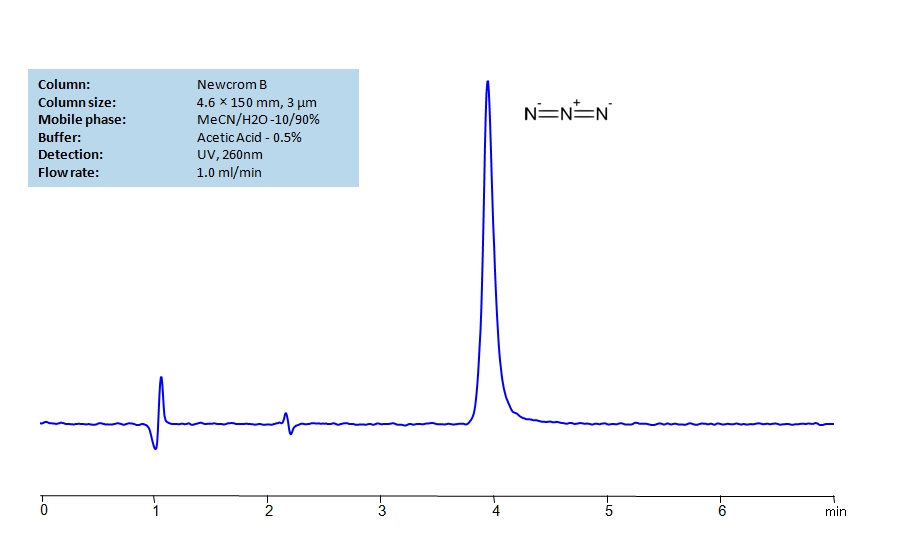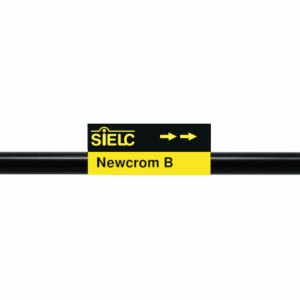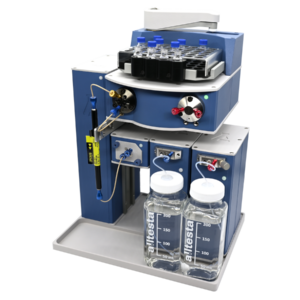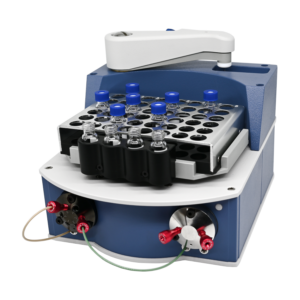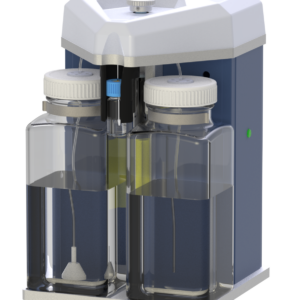HPLC Method for Sodium azide, Azide Ion on Newcrom B by SIELC Technologies
High Performance Liquid Chromatography (HPLC) Method for Analysis of Sodium azide, Azide Ion.
Sodium Azide is an inorganic compound with the chemical formula NaN3. It is soluble in water and is acutely poisonous. In the past, it was used in airbags alongside other oxidizers, ignitors, and accelerants due to it’s breakdown into Sodium and Nitrogen at high temperatures. These days, Sodium Azide is majorly used in industrial scale organic synthesis, as it is an explosion hazard which makes it dangerous. On occasion, it is also used in agriculture as a form of pest control or mutagen for crop selection. In biochemistry it is used as a biocide, probe reagent and an antibacterial preservative.
Sodium azide, Azide Ion can be retained and analyzed using the Newcrom B stationary phase column. The analysis utilizes an isocratic method with a simple mobile phase consisting of water and acetonitrile (MeCN) with an acetic acid buffer. Detection is performed using UV.
| Column | Newcrom B, 4.6 x 150 mm, 3 µm, 100 A, dual ended |
| Mobile Phase | MeCN/H2O – 10/90% |
| Buffer | Acetic Acid – 0.5 % |
| Flow Rate | 1.0 ml/min |
| Detection | UV 260 nm, MS- compatible mobile phase |
| Class of Compounds | Hydrophilic, Negative |
| Analyzing Compounds | Sodium azide, Azide Ion |
Application Column
Newcrom B
Column Diameter: 4.6 mm
Column Length: 150 mm
Particle Size: 3 µm
Pore Size: 100 A
Column options: dual ended
Sodium azide

